- Elastic webbing is used in a variety of products including braces, glove wrists, stocking tops, boot sides, hairnets, belts and suspenders
- The Luke Turner factory in Henshaw Street is a listed building due to its cutting edge construction methods
- In 1877 there were an incredible 47 elastic webbing producers in Leicester
Elastic webbing, a key ingredient
In the mid-19th century the manufacture of elastic webbing for boots, stockings, braces etc. was a very profitable business in Leicester. Elastic web is a material widely used in clothing, upholstery and other products. It is a woven rubber thread sometimes interwoven with cotton, wool or other fibres to provide elasticity.
The manufacture of elastic web in Leicester dates from 1839, when Caleb Bedells opened a factory in Southgate Street to produce a new and improved type of rubber webbing.
The rise and fall of an industry
From 1844 the process of vulcanisation of rubber vastly improved the raw material for elastic web and in the same year Archibald Turner founded his elastic web factory, the Bow Bridge Works, Leicester. The industry grew throughout the nineteenth century and by 1877 there were an incredible 47 elastic web manufacturers in the town! However, partly through changes in fashion and partly because manufacturers failed to involve themselves in research and development of new products, processes and machines, the industry declined towards the end of the nineteenth century. By 1902 there remained only 18 viable companies in operation, but one that survived – well into the twentieth century – was Luke Turner & Co.
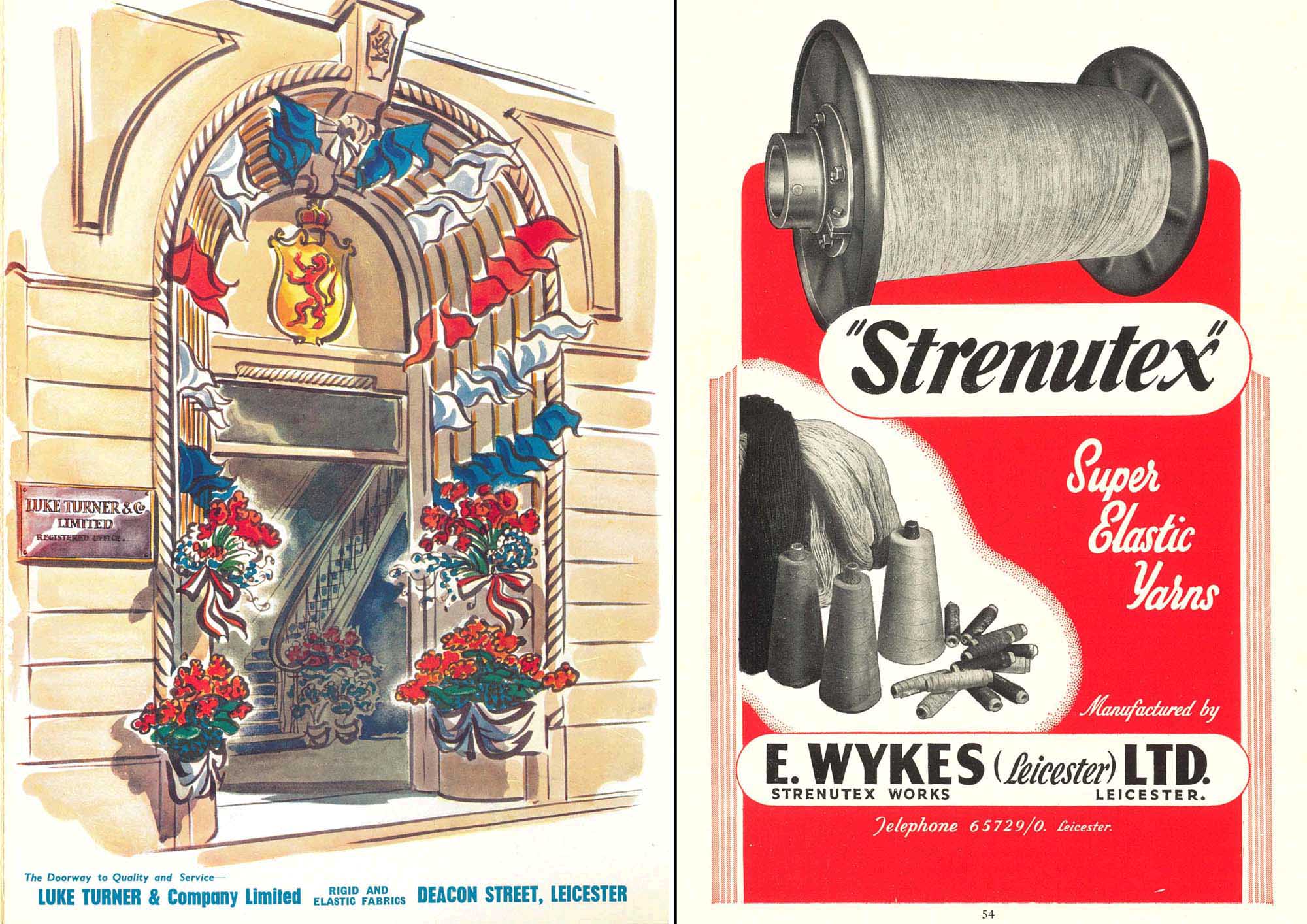
Luke Turner & Co. Ltd.
Supplying both the footwear industry and hosiery, the Luke Turner company extended the uses to which the material could be put – such as braids, cords, garters, corsetry, bandages, covered fine elastic for millinery, drapery, umbrellas, welts for underwear and kindred goods. One of their famous brand names was ‘Lion’.
The original factory in Grange Lane
Whilst many of the elastic web factory buildings have been demolished or changed usage, the Turner factory survives. The original 1862 factory built for Luke Turner & Company in Grange Lane with extensions into Deacon Street, covers a complete corner site. It contained a research department and a room with special looms for experimentation, trial and testing of new products, designs, material and colours. This progressive attitude kept the company in business with national and international markets. In 1878 the company built another factory at Peterborough and expansion in Leicester led to the building of a large, custom-built factory in 1893.
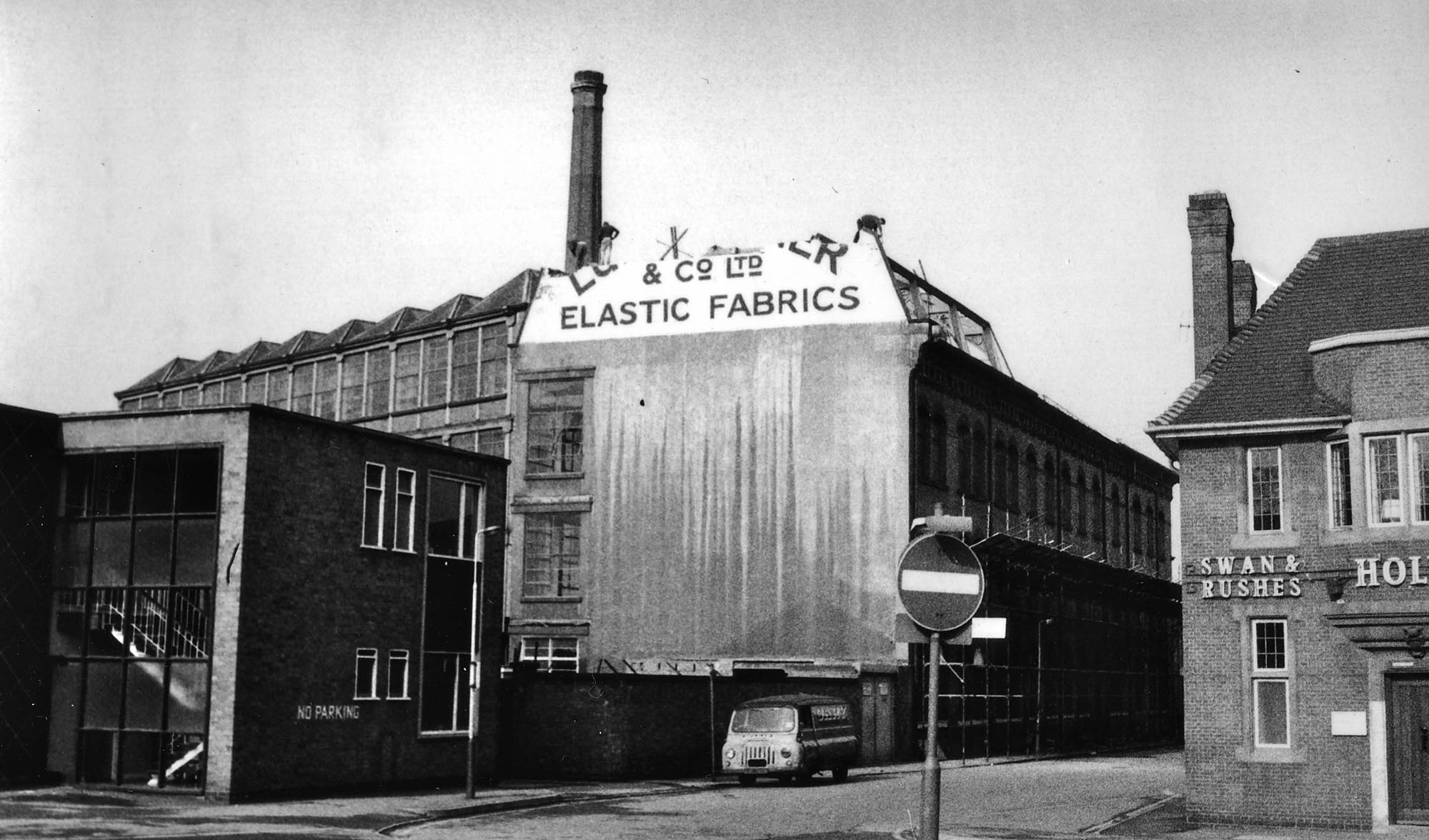
A new factory designed for productivity
A double row of cast-iron columns runs centrally through each floor of the factory providing a central aisle, so that machines and processes could be accommodated on each side, with benefit of considerable natural light and cross ventilation from the large expanses of glazed wall. The exterior walls are the factory’s most unusual feature and appear to be unique, at least in Leicester, and far ahead of their time. The vast window walls are only subdivided by narrow, undecorated cast-iron struts and lateral girders holding the floors. The narrowness of the struts permits maximum light into the interior. Because of its cutting edge design and for being one of the earliest iron-frame examples in the UK it is listed, preserving it for future generations.
Luke Turner - a prominent citizen
Luke Turner died in 1897. He had been a substantial figure in the life of the town; he was considered of considerable standing in Anglican religious and educational circles. Amongst many local dignitaries who attended his funeral, were the Mayor and the incumbents of four major Leicester churches.
After Luke Turner’s death, his sons carried on the business until 1941 when it was taken over by Penn Elastics, an American-owned firm. The factory closed in 1974 and since then it has been restored and re-purposed into residential apartments.
Gallery
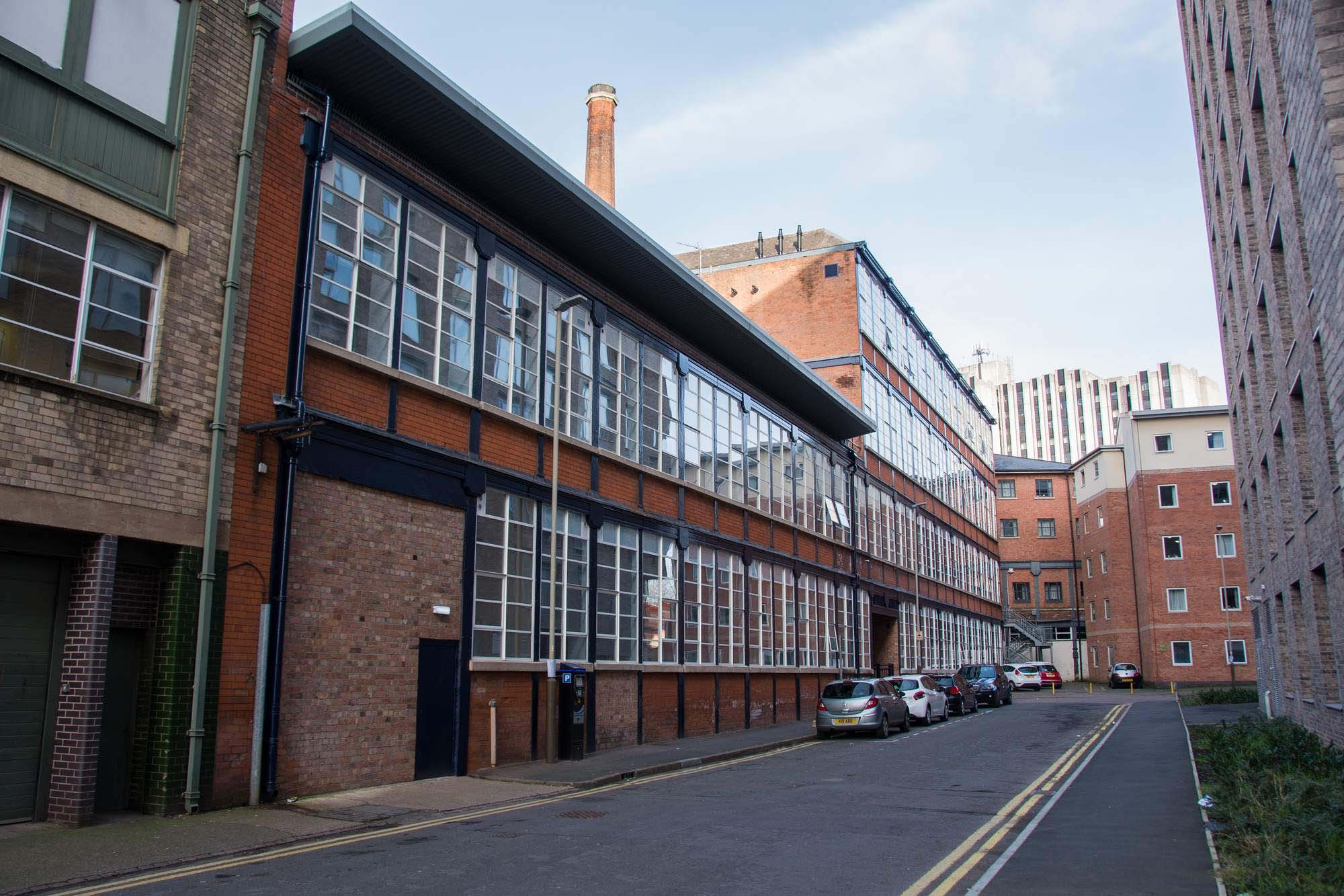
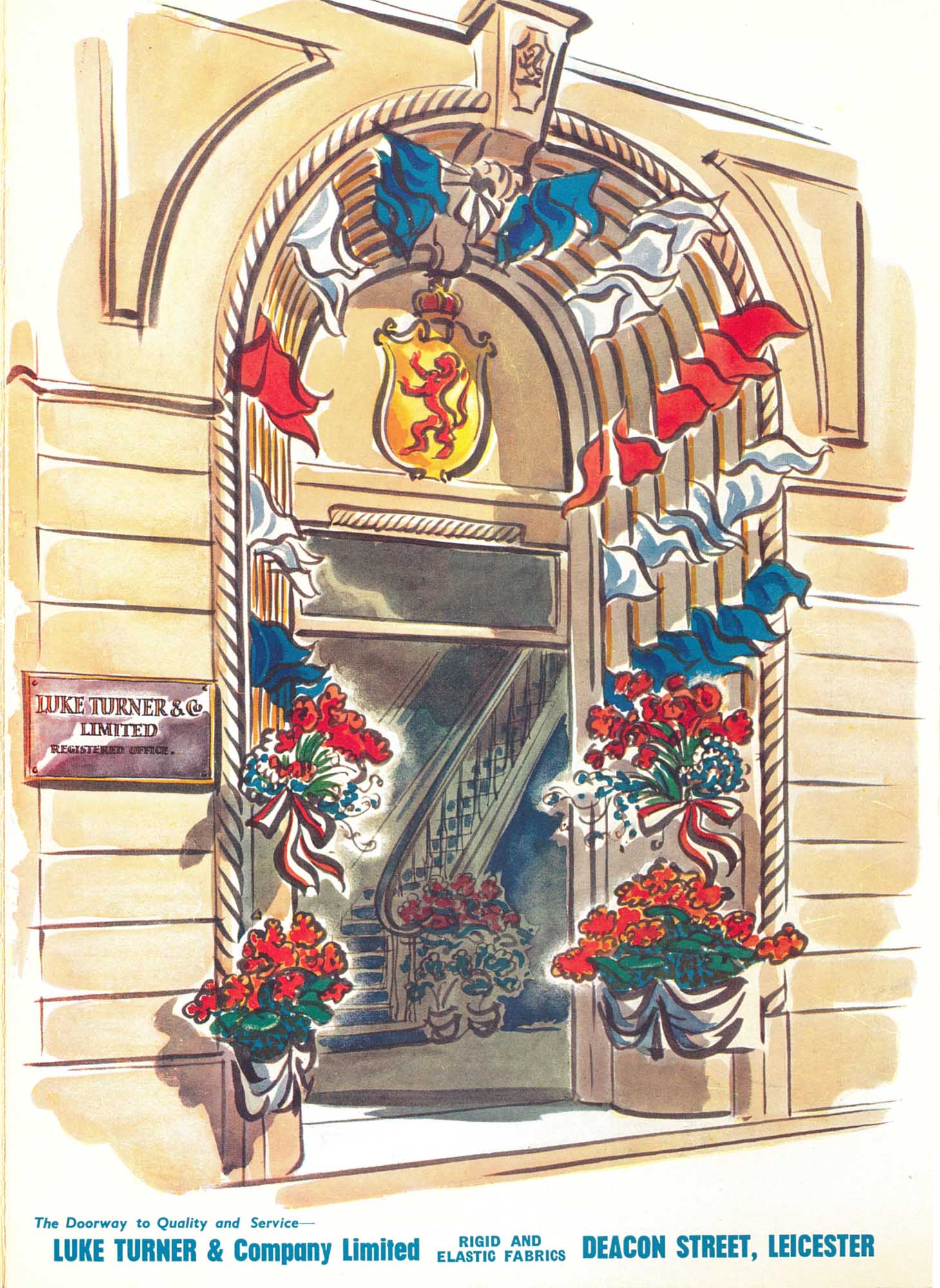
Leicester Official Handbook 1954
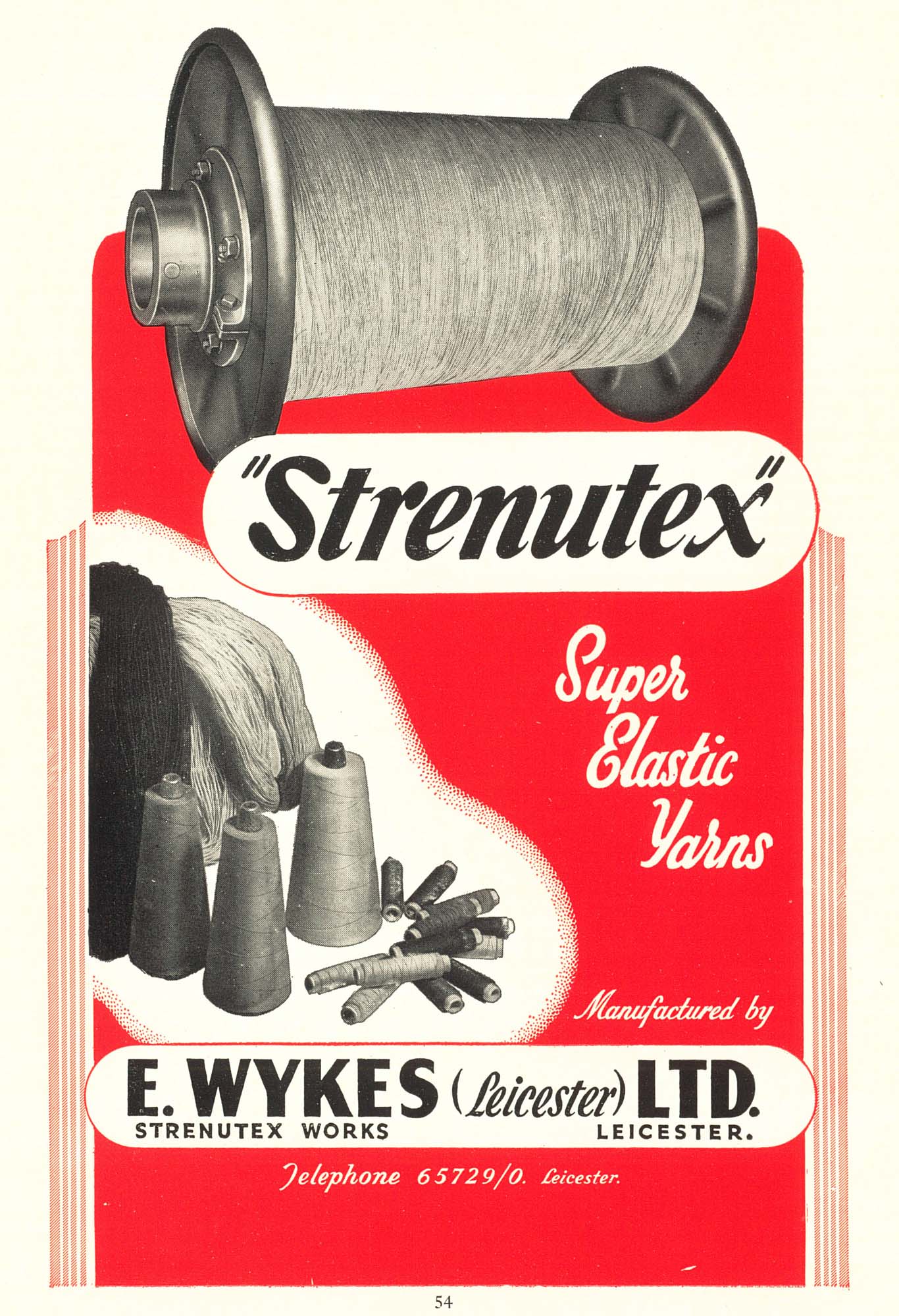
Leicester Official Handbook 1954
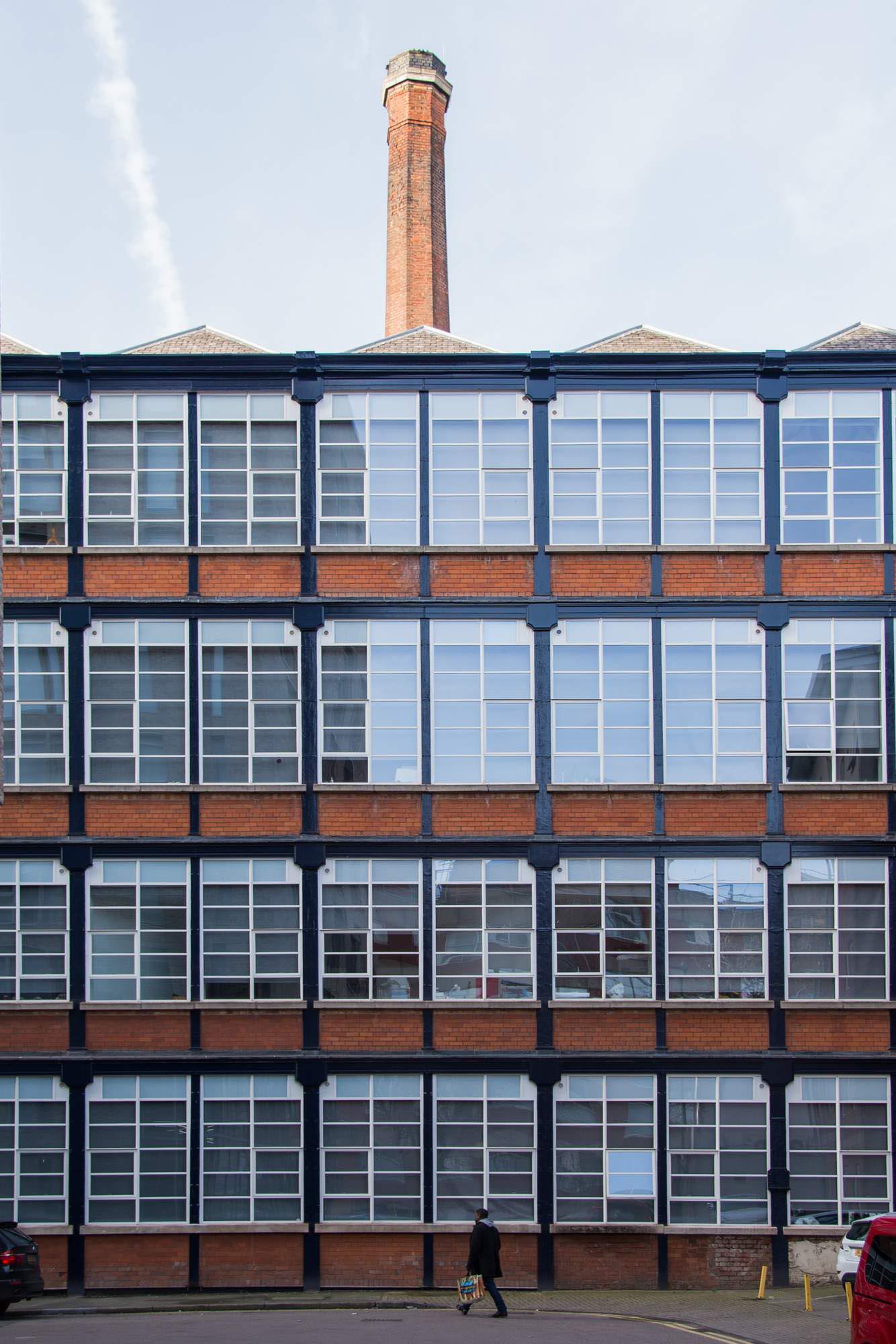

Vanished Leicester at the University of Leicester
Roman Leicester
(47- 500) A military fort was erected, attracting traders and a growing civilian community to Leicester (known as Ratae Corieltauvorum to the Romans). The town steadily grew throughout the reign of the Romans.
Medieval Leicester
(500 – 1500) The early years of this period was one of unrest with Saxon, Danes and Norman invaders having their influences over the town. Later, of course, came Richard III and the final battle of the Wars of the Roses was fought on Leicester’s doorstep.
-
The Castle Motte1068

-
Leicester Cathedral1086

-
St Mary de Castro1107

-
Leicester Abbey1138

-
Leicester Castle1150

-
Grey Friars1231

-
The Streets of Medieval Leicester1265

-
Leicester Market1298

-
Trinity Hospital and Chapel1330

-
Bow Bridgecirca 1350

-
Church of the Annunciation1353

-
John O’Gaunt’s Cellar1361

-
St John's Stone1381

-
Leicester Guildhall1390

-
The Magazine1400

-
The Blue Boar Inn1400

-
The High Cross1577

Tudor & Stuart Leicester
(1500 – 1700) The wool trade flourished in Leicester with one local, a former mayor named William Wigston, making his fortune. During the English Civil War a bloody battle was fought as the forces of King Charles I laid siege to the town.
Georgian Leicester
(1700 – 1837) The knitting industry had really stared to take hold and Leicester was fast becoming the main centre of hosiery manufacture in Britain. This new prosperity was reflected throughout the town with broader, paved streets lined with elegant brick buildings and genteel residences.
-
Great Meeting Unitarian Chapel1708

-
The Globe1720

-
17 Friar Lane1759

-
Black Annis and Dane Hills1764

-
Leicester Royal Infirmary1771

-
New Walk1785

-
Freemasons’ Hall1790

-
Gaols in the City1791

-
Friars Mill1794

-
City Rooms1800

-
Development of Highfields1800

-
Wesleyan Chapel1815

-
20 Glebe Street1820

-
Charles Street Baptist Chapel1830

-
Glenfield Tunnel1832

-
James Cook1832

Victorian Leicester
(1837 – 1901) The industrial revolution had a huge effect on Leicester resulting in the population growing from 40,000 to 212,000 during this period. Many of Leicester's most iconic buildings were erected during this time as wealthy Victorians made their mark on the town.
-
Leicester Union Workhouse1839

-
Campbell Street and London Road Railway Stations1840

-
The Vulcan Works1842

-
Belvoir Street Chapel1845

-
Welford Road Cemetery1849

-
Leicester Museum & Art Gallery1849

-
King Street1850

-
Cook’s Temperance Hall & Hotel1853

-
Amos Sherriff1856

-
Weighbridge Toll Collector’s House1860

-
4 Belmont Villas1862

-
Top Hat Terrace1864

-
Corah and Sons - St Margaret's Works1865

-
Kirby & West Dairy1865

-
The Clock Tower1868

-
Wimbledon Works1870

-
The Leicestershire Banking Company1871

-
St Mark’s Church and School1872

-
Victorian Turkish Baths1872

-
The Town Hall1876

-
Central Fire Stations1876

-
Aylestone Road Gas Works and Gas Museum1879

-
Gas Workers Cottages1879

-
Leicestershire County Cricket Club1879

-
Welford Road Tigers Rugby Club1880

-
Secular Hall1881

-
Development of Highfields1800

-
Abbey Park1881

-
Abbey Park Buildings1881

-
Victoria Park and Lutyens War Memorial1883

-
Leicester Fosse FC 18841884

-
Leicester Coffee and Cocoa Company Coffee Houses1885

-
St Barnabas Church and Vicarage1886

-
Abbey Pumping Station1891

-
Luke Turner & Co. Ltd.1893

-
West Bridge Station1893

-
Thomas Cook Building1894

-
The White House1896

-
Alexandra House1897

-
Leicester Boys Club1897

-
Grand Hotel and General Newsroom1898

-
Highfield Street Synagogue1898

-
Western Park1899

-
Asfordby Street Police Station1899

-
Leicester Central Railway Station1899

Edwardian Leicester
(1901 – 1910) Electric trams came to the streets of Leicester and increased literacy among the citizens led to many becoming politicised. The famous 1905 ‘March of the Unemployed to London’ left from Leicester market when 30,000 people came to witness the historic event.
-
YMCA Building1900

-
The Palace Theatre1901

-
Pares's Bank1901

-
Coronation Buildings1902

-
Halfords1902

-
High Street1904

-
George Biddles and Leicester's Boxing Heritage1904

-
Municipal Library1905

-
Leicester Boys Club1897

-
The Marquis Wellington1907

-
Guild Hall Colton Street1909

-
Women's Social and Political Union Shop1910

-
Turkey Café1901

Early 20th Century Leicester
(1910 – 1973) The diverse industrial base meant Leicester was able to cope with the economic challenges of the 1920s and 1930s. New light engineering businesses, such as typewriter and scientific instrument making, complemented the more traditional industries of hosiery and footwear manufacturing.
-
Dryad Handicrafts1912

-
De Montfort Hall1913

-
Leicester During the First World War1914

-
Fox’s Glacier Mints1918

-
Statue of Liberty1919

-
Housing in Saffron Lane1924

-
Winstanley House1925

-
Housing in North Braunstone1926

-
Lancaster Road Fire Station1927

-
The Little Theatre1930

-
Saffron Hill Cemetery1931

-
Braunstone Hall Junior School1932

-
Former City Police Headquarters1933

-
Savoy Cinema1937

-
Eliane Sophie Plewman1937
-
City Hall1938

-
Athena - The Odeon Cinema1938

-
The Blitz in Highfields1940

-
Freeman, Hardy and Willis - Leicester Blitz1940

-
Leicester Airport1942

-
Leicester’s Windrush Generations1948

-
Netherhall Estate1950
-
Housing at Eyres Monsell1951

-
Silver Street and The Lanes1960

-
Bostik1960

-
Auto-Magic Car Park (Lee Circle)1961

-
University of Leicester Engineering Building1963

-
Sue Townsend Theatre1963

-
Central Mosque1968

-
Belgrave Flyover1973

Modern Leicester
(1973 – present day) Industry was still thriving in the city during the 1970s, with the work opportunities attracting many immigrants from all over the world. While industry has declined in recent years, excellent transport links have made Leicester an attractive centre for many businesses. The City now has much to be proud of including its sporting achievements and the richness of its cultural heritage and diversity.
-
Haymarket Theatre1973

-
The Golden Mile1974

-
Acting Up Against AIDS1976

-
Belgrave Neighbourhood Centre1977

-
Diwali in Leicester1983

-
Leicester Caribbean Carnival1985

-
Samworth Brothers1986

-
Jain Centre1988

-
Guru Nanak Dev Ji Gurdwara1989

-
King Power Stadium2002

-
LCB Depot2004

-
Curve2008

-
BAPS Shri Swaminarayan Mandir2011

-
Makers Yard2012

-
VJ Day 80th Anniversary2020

- Roman Leicester
- Medieval Leicester
- Tudor & Stuart Leicester
- Georgian Leicester
- Victorian Leicester
- Edwardian Leicester
- Early 20th Century Leicester
- Modern Leicester
A Working Town
















































































































































